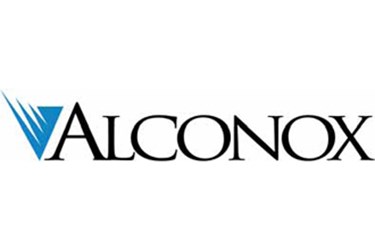How To Detect Detergent Residue To Maintain Laboratory Accreditation Guidelines
Source: Alconox Inc.

The following test procedures are suitable for detecting detergent residues resulting from improper rinsing and can be used to meet laboratory accreditation guidelines and questionnaires such as the College of American Pathologist program of State water lab accreditation programs.
pH Meter Method
- Rinse a small clean beaker by filling and emptying 3 times with source water.
- Fill a 4th time and measure pH using a pH meter. Record the pH as source water pH.
- Using a piece of cleaned glassware you wish to test, fill about 10% full with source water (10ml into 100ml beaker). Use more water if necessary to get enough water to be able to sufficiently immerse the pH meter electrode in your measuring beaker.
- Swish water in glassware to extract residues from all possible surfaces.
- Take pH reading with pH meter and record as glassware pH.
- Any significant increase in pH indicates possible alkaline detergent residue. A significant change is 0.2 or more pH units on a pH meter measuring to 0.1 pH units of sensitivity. A result of less than 0.2-pH units change indicates properly rinsed glassware.
access the White Paper!
Log In
Get unlimited access to:
Trend and Thought Leadership Articles

Case Studies & White Papers

Extensive Product Database

Members-Only Premium Content

Welcome Back! Please Log In to Continue.
X
Enter your credentials below to log in. Not yet a member of Pharmaceutical Online? Subscribe today.
Subscribe to Pharmaceutical Online
X
Subscribe to Pharmaceutical Online
Alconox Inc.
This website uses cookies to ensure you get the best experience on our website. Learn more
